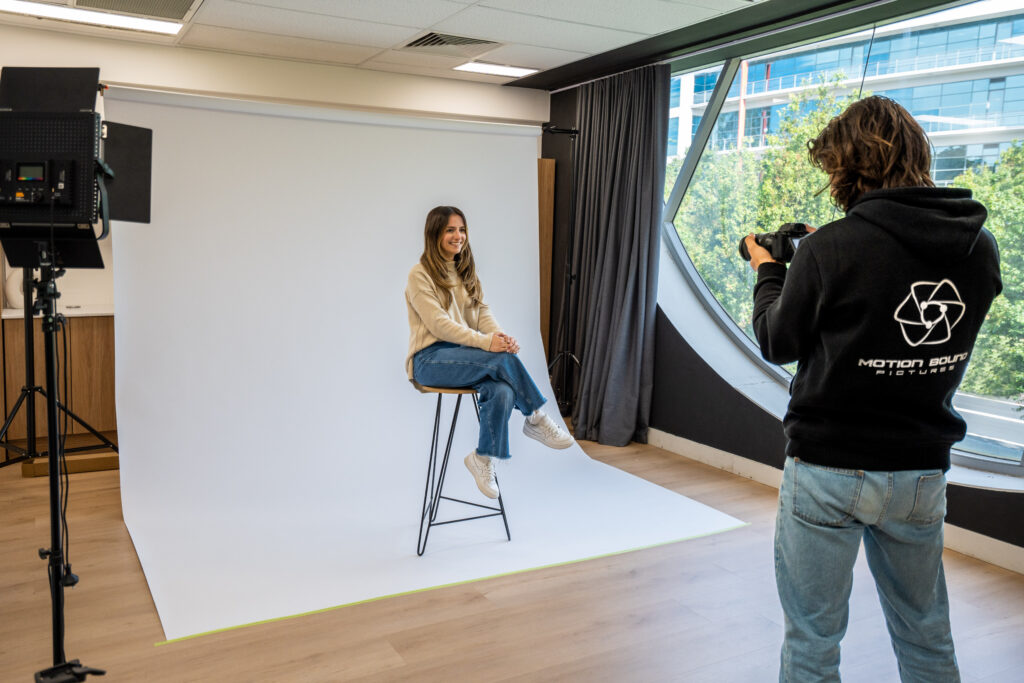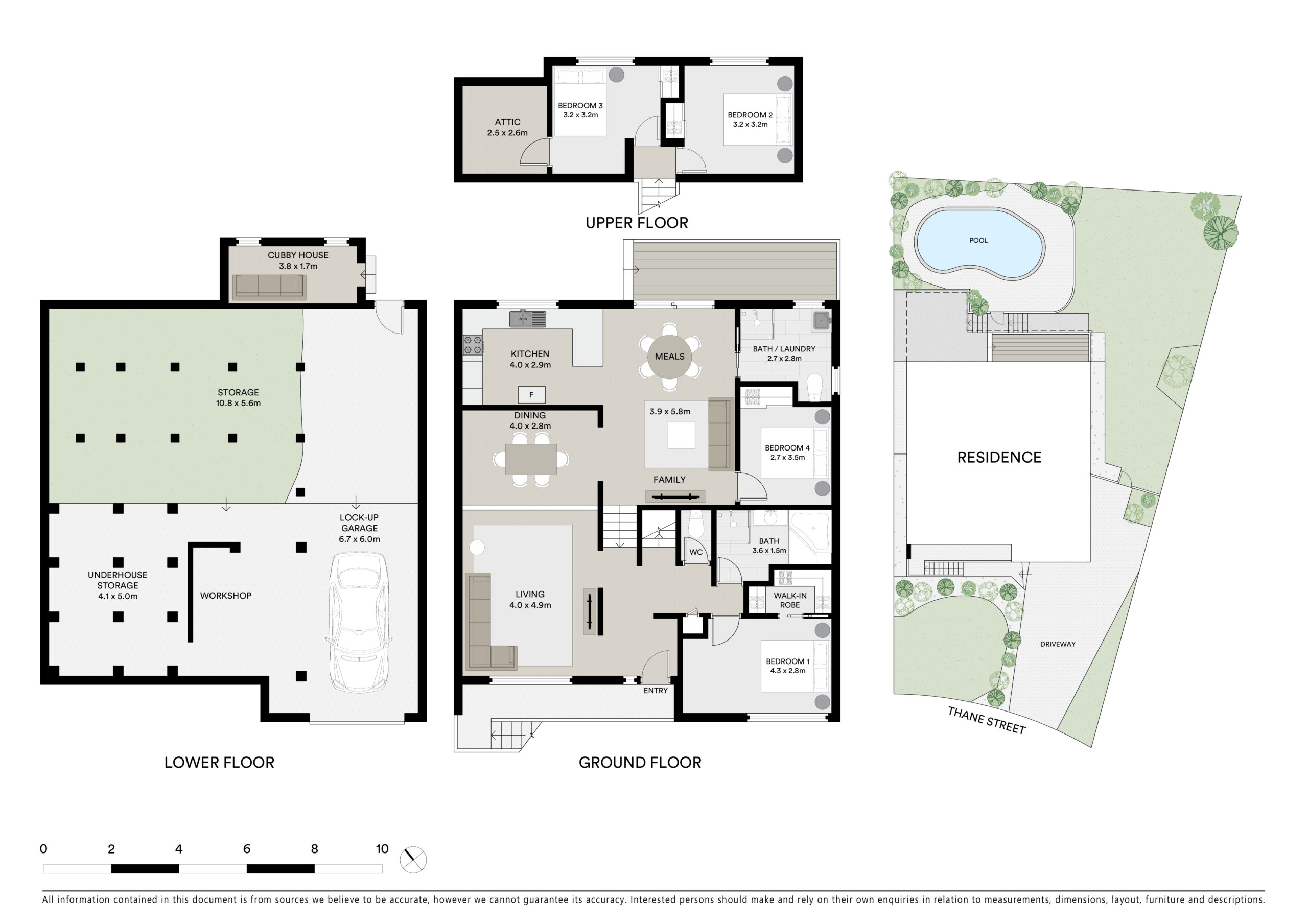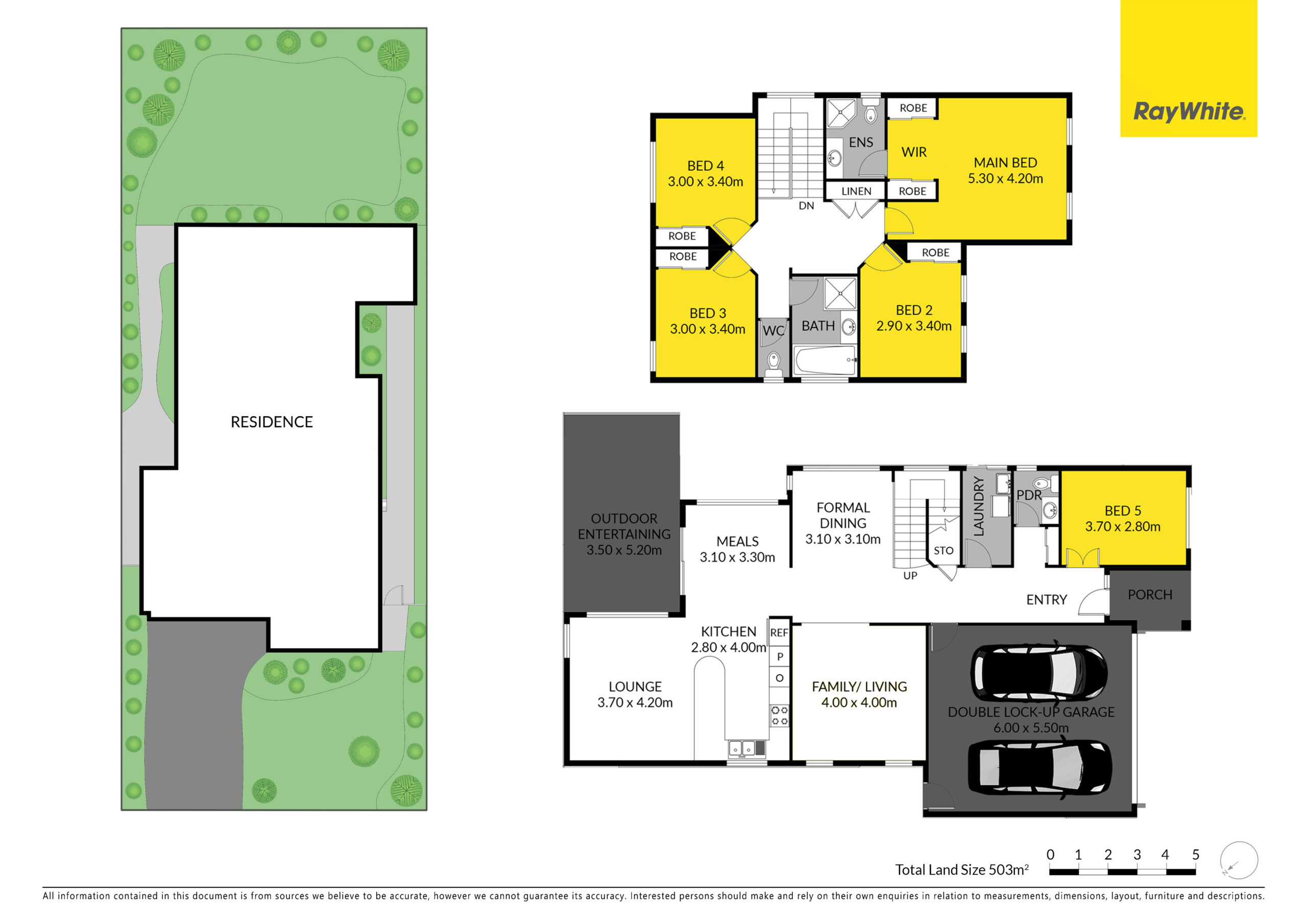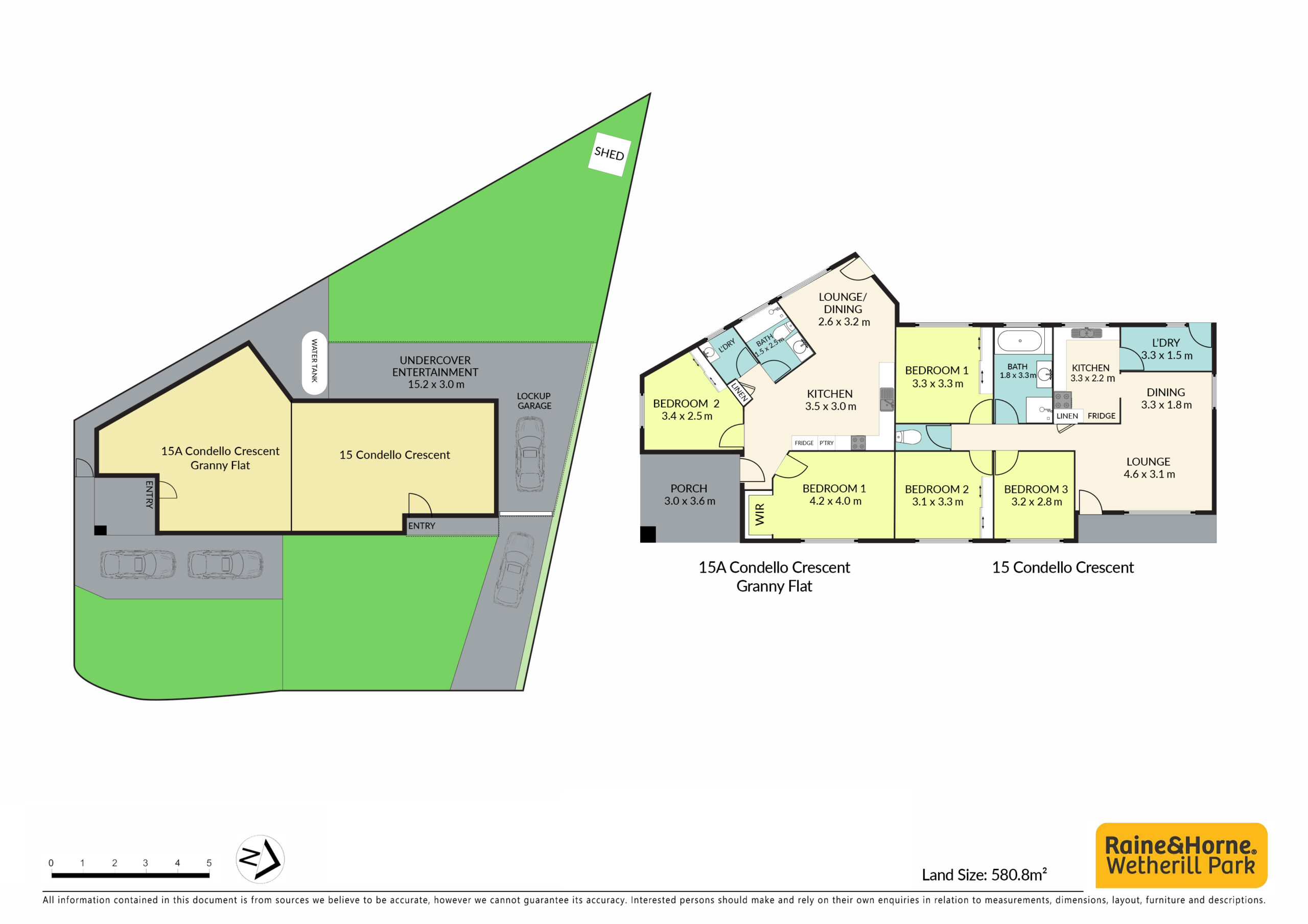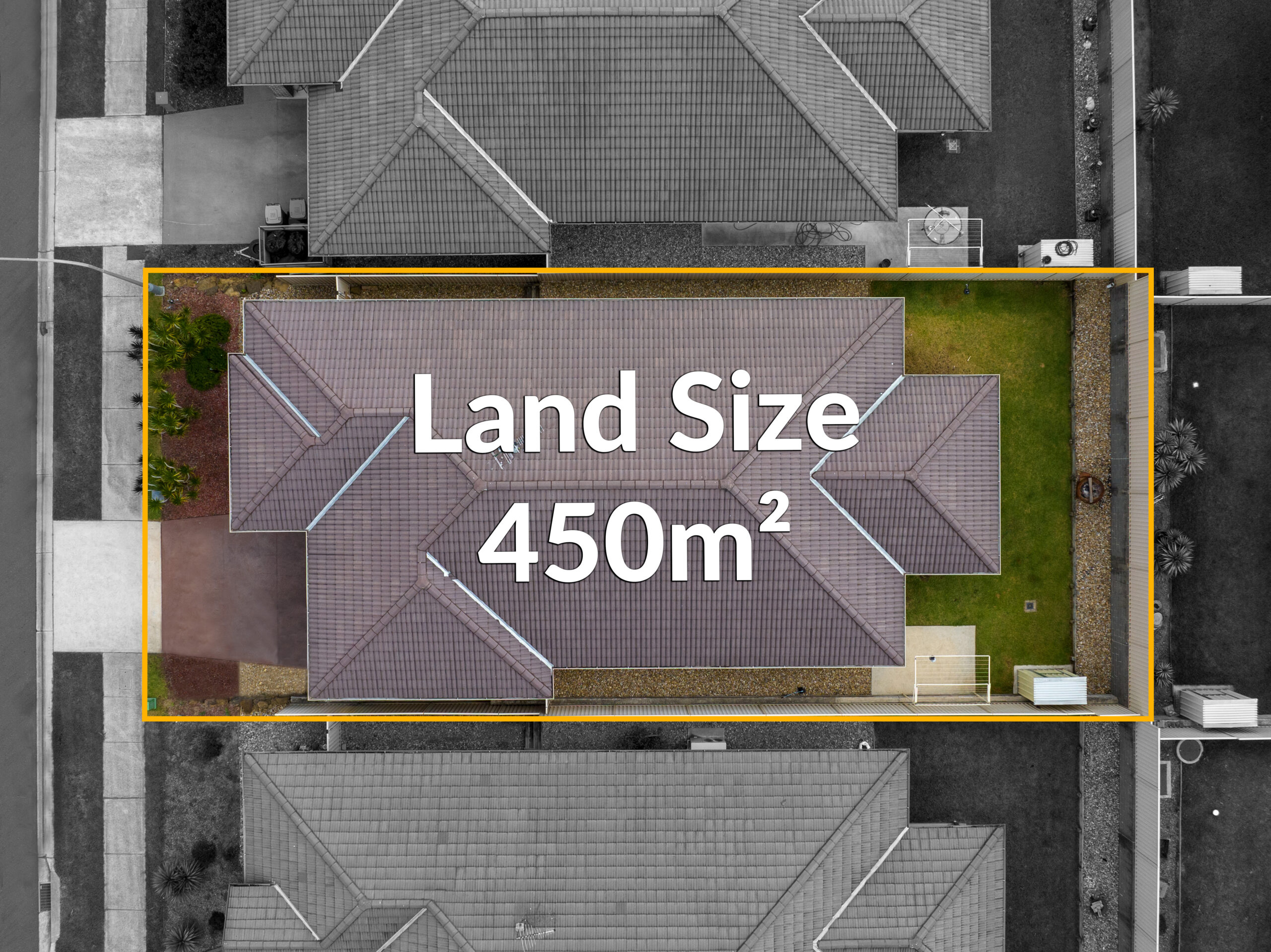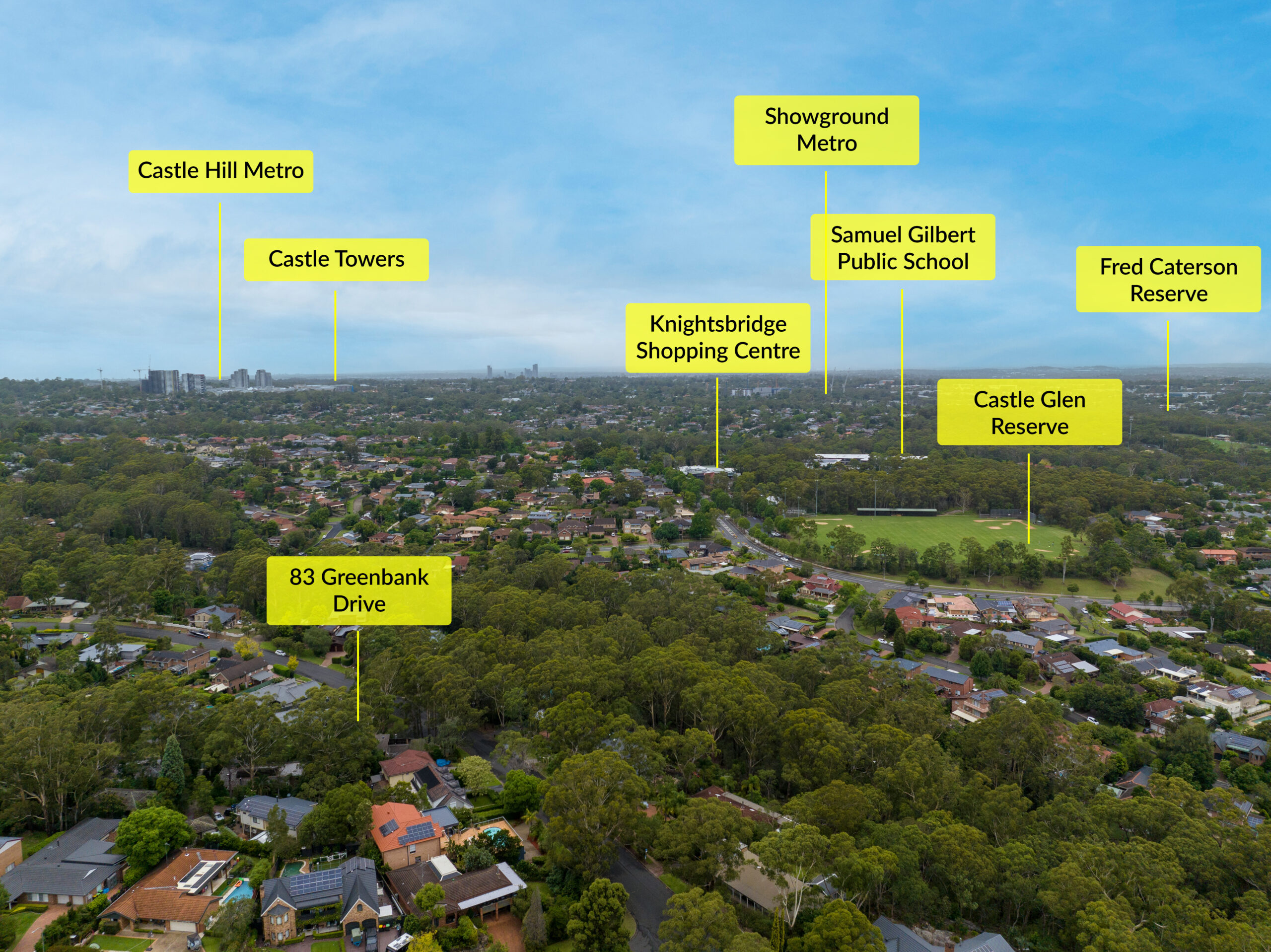Understanding the Importance of a Video Brief Template for Your Production
When embarking on a video production project, clarity and direction are paramount to align the creatives’ vision with the stakeholders’ goals. That’s where a video brief template becomes essential. Acting as a roadmap, it details the key milestones and requirements, ensuring that every team member — from directors to editors — understands what is to be accomplished and how to approach it. By outlining the purpose, target audience, desired tone, and specific expectations, a video brief template sets the stage for effective and streamlined production.
A well-considered video brief template addresses critical elements such as project objectives, key messages, and branding guidelines, which help maintain a cohesive narrative throughout the video. Furthermore, it establishes markers for success, allowing for a more focused approach to content creation. Key performance indicators (KPIs), like viewer engagement or call-to-action conversion rates, are often integrated into the template, providing a clear framework for measuring the video’s impact post-release. Hence, the importance of a video brief template extends beyond pre-production and influences the entire video content lifecycle.
Another advantage of utilizing a video brief template is facilitating clear and concise communication among stakeholders. By having a detailed brief, expectations are set, and revisions can be minimized, leading to a reduction in time and resources spent on unnecessary changes. This consolidation of vision and effort manifests in efficiency and a product that represents the initial vision and goals set forth by the client or company initiating the video production.
Key Components of an Effective Video Brief
An effective video brief template should encapsulate several key components. It needs to be comprehensive enough to cover distinct aspects such as the project’s scope, specific deliverables, budgetary constraints, and deadlines. Details regarding target demographics are critical as they guide the style and tone of the video, aligning with viewers’ preferences and behaviors. Additionally, including logistical considerations, like filming locations and required resources, ensures that every production phase is anticipated and planned meticulously. By addressing these key components, the video brief template guarantees that the production process is rooted in a solid foundation from start to finish.
Elements of an Effective Video Brief Template
An effective video brief template serves as the cornerstone for any successful video production project. It ensures that all stakeholders are on the same page regarding the goals, audience, and overall vision of the video. The most successful video briefs are comprehensive, clear, and concise, providing a roadmap from conceptualization to final edit. Below are some fundamental elements that constitute a well-crafted video brief template.
Objectives and Goals
The first element to consider is a clear articulation of the objectives and goals of the video. A concise statement outlining what the video aims to achieve is critical. Whether it’s increasing brand awareness, educating an audience, or driving sales, these goals should be SMART—specific, measurable, achievable, relevant, and time-bound—to ensure that the end product successfully aligns with the intended outcomes.
Target Audience
Understanding the target audience is another crucial component of a video brief. It should detail demographic information, interests, and the viewing context of the intended audience. This knowledge guides the video’s tone, style, and content, ensuring that it resonates with viewers and effectively conveys the intended message.
Key Messages
The key messages need to be clearly defined within the brief. These are the core ideas that the viewer should understand and remember after watching the video. Identifying and prioritizing these messages helps scriptwriters and directors craft a narrative that is focused and impactful, avoiding the dilution of the video’s purpose.
A final element worth considering is the call to action (CTA). A video should engage and inspire viewers to take a specific action. This could be visiting a website, signing up for a service, or sharing the video with others. The CTA should be direct and easy to follow, making it as simple as possible for viewers to take the next step.
Customizing Your Video Brief Template for Different Projects
Every video project is unique, with its distinct goals, audience, and creative direction. This is why customizing your video brief template for different projects is not just beneficial; it’s essential. A flexible template allows you to focus on the specific needs of each project while maintaining a coherent structure that ensures all important details are covered. For instance, a promotional video for a new product launch may require different questions than a how-to video for product usage. Customizing your template will enable you to highlight the project’s objectives and tailor the production process accordingly.
While maintaining the core elements such as project description, target audience, and desired call to action, each section of your video brief template may require adjustments. For corporate videos, the emphasis might be on brand guidelines and professional tone. In contrast, social media campaign videos may demand an approach centered around virality and engagement. By boldly emphasizing the modification of your template’s sections based on the project type, you ensure that each production is tuned to its specific purpose, leading to more compelling video content.
It’s also important to consider the type of distribution channels when customizing your video brief. While some videos are meant for television broadcasts and should adhere to specific format and timing rules, online videos might have more flexibility but require optimization for different platforms, such as YouTube or Instagram. Adjusting your brief to account for these variances will ensure that all team members know the requirements and can plan the content creation to meet these specific demands.
Including flexible timelines and budget considerations in your video brief template is another customization that can greatly influence a project’s success. Not all videos have the luxury of extended timelines or large budgets, so adapting these aspects of your template for each project ensures that the scope and scale of your video content are realistic and achievable. This customization can help set clear expectations for stakeholders and align the production process with available resources.
Tips for Filling Out Your Video Brief Template Efficiently
Efficiency is key when filling out your video brief template. A well-constructed brief sets the stage for a successful video production, saving you time and avoiding costly revisions later. Here’s how to streamline this crucial step in your video creation process.
Be Concise and Focused
First and foremost, aim for conciseness. A brief should be just that – brief. Resist the temptation to overwhelm the template with extra details. Focus on the core message and goals of your video. Highlight the essentials: What is the purpose of the video? Who is the target audience? What key points or messages need to be conveyed? By honing in on these fundamental aspects, you can expedite the process and ensure the team is on the same page.
[aib_post_related url=’/elementor-1483/’ title=’Everlast’ relatedtext=’You may also be interested in:’]
Use Bullet Points
Utilize bullet points to organize the information efficiently. Bullets can help you break down the brief into digestible pieces, making scanning and referencing easier for you and your team. When listing the objectives, target demographics, core messages, and desired calls to action, bullet points let you strip down each component to its bare essentials without losing meaning.
[aib_post_related url=’/the-five-essential-drone-shots-for-real-estate-video/’ title=’The Five Essential Drone Shots for Real Estate Video’ relatedtext=’You may also be interested in:’]
Preparation Is Key
Preparatory work is often overlooked but crucial to efficiently filling out a video brief template. Gather all the necessary information before setting pen to paper or fingers to keyboard. This might include brand guidelines, prior video analytics, audience data, and any relevant content that should be incorporated. Having all resources at your disposal will prevent interruptions and the need to backtrack, making the entire process smoother and quicker.
Finally, ensure that you prioritize collaboration. A video is rarely a solo endeavor; your brief template should reflect the teamwork involved. Assign sections to team members who have the most knowledge or experience in that area. Not only does this distribute the workload, it also invites various perspectives and can result in a richer, better-rounded brief. When each member has contributed, review the brief as a unit, enhancing collaboration and highlighting any areas that require further clarification or consolidation.
Examples and Best Practices for Video Brief Templates
The importance of a clear and concise video brief cannot be overstated in video production. The foundational document guides creators and clients through the project’s vision, goals, and logistics. Here are some examples and best practices for crafting video brief templates to ensure success from pre-production to post-production.
Comprehensive Video Brief Templates
A good video brief template should be comprehensive yet to the point. This might begin with defining the video’s objective: Is it to educate, entertain, or sell? Next, outlining the target audience helps tailor the content appropriately. For example, a brief intended for a corporate training video will differ drastically from one aiming to go viral on social media. Additionally, templates should include sections for the proposed timeline, budget, and key deliverables, setting clear expectations from the outset.
Clarity and Specificity in Briefs
Clarity in a video brief is mandatory. This means avoiding vague language and being as specific as possible. If the goal is to drive website traffic, how much of an increase is expected? When stating the tone, rather than just saying ‘funny,’ specify the type of humour – slapstick, satire, dry humour. Clearly defined parameters prevent misunderstandings and steer the project towards its goals efficiently. Therefore, each brief section should be filled with precise, actionable details.
[aib_post_related url=’/elementor-1476/’ title=’Jimeoin’ relatedtext=’You may also be interested in:’]
Incorporating Visual Aids in Templates
Visual aids such as mood boards or reference videos can be game changers for video briefs. By including visual examples, you can convey the desired aesthetic and feel more effectively than words alone. Whether it’s the color palette, the type of camera shots, or the pacing of the edits, visual references can serve as an invaluable communication tool for all parties involved. Make sure to embed these aids within your template for a dynamic and vivid project roadmap.




